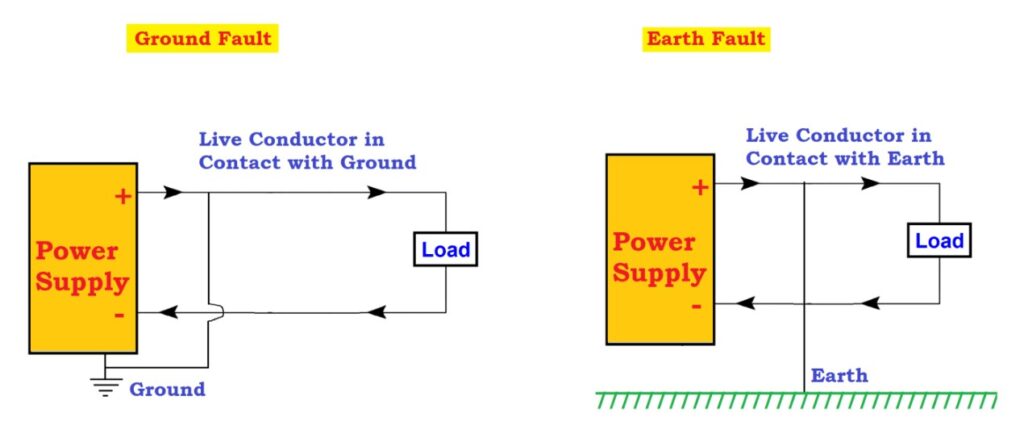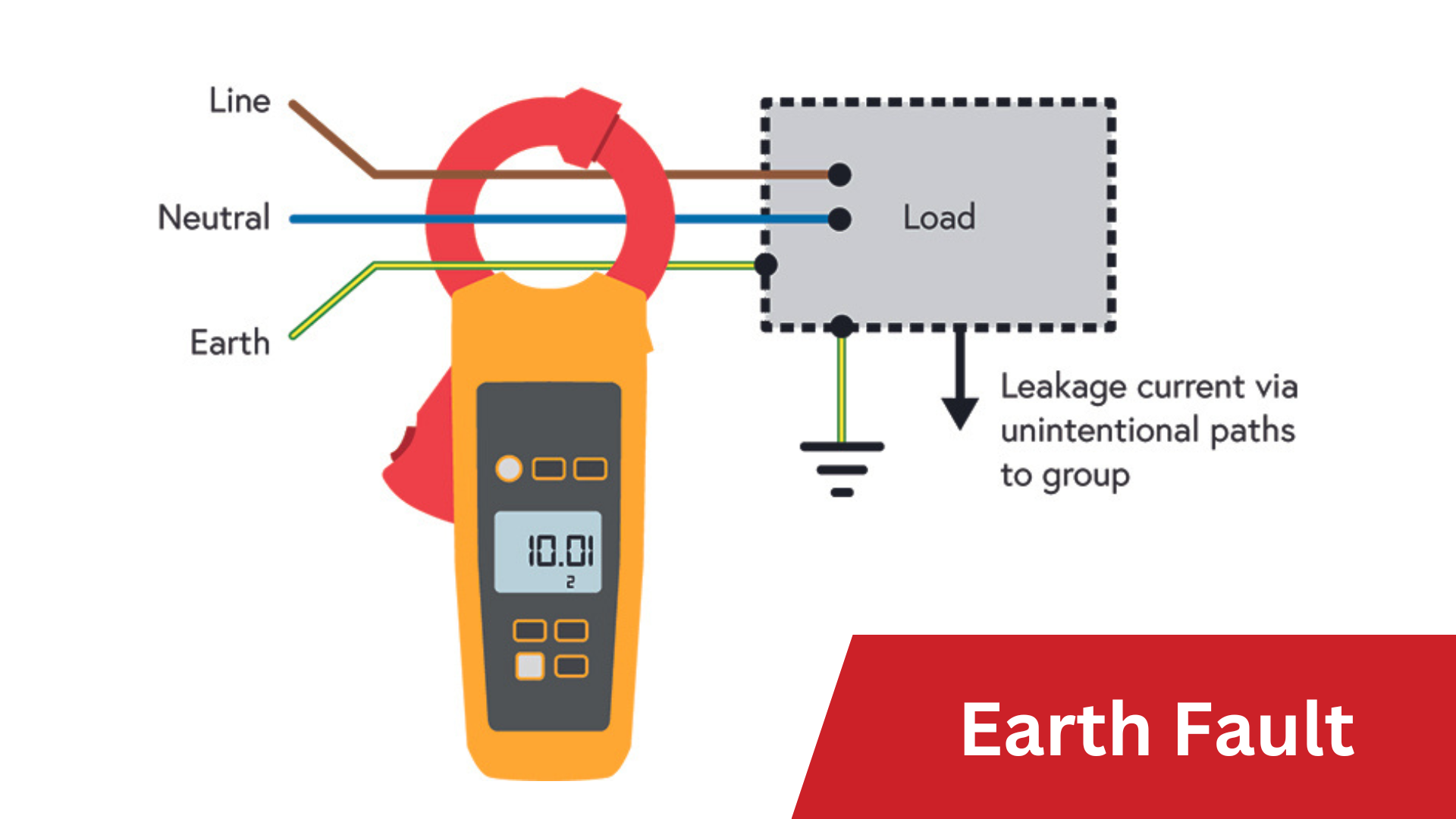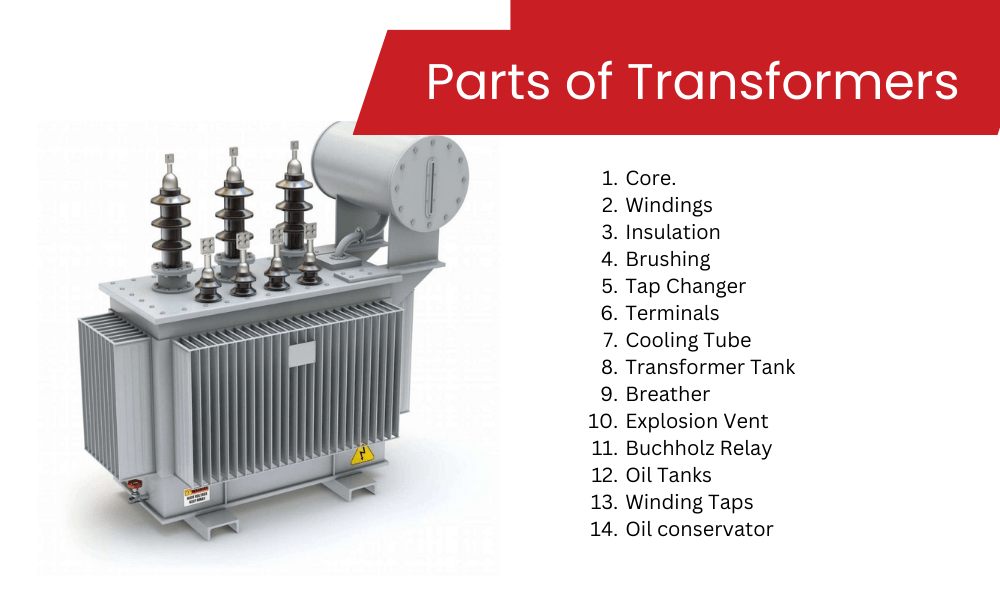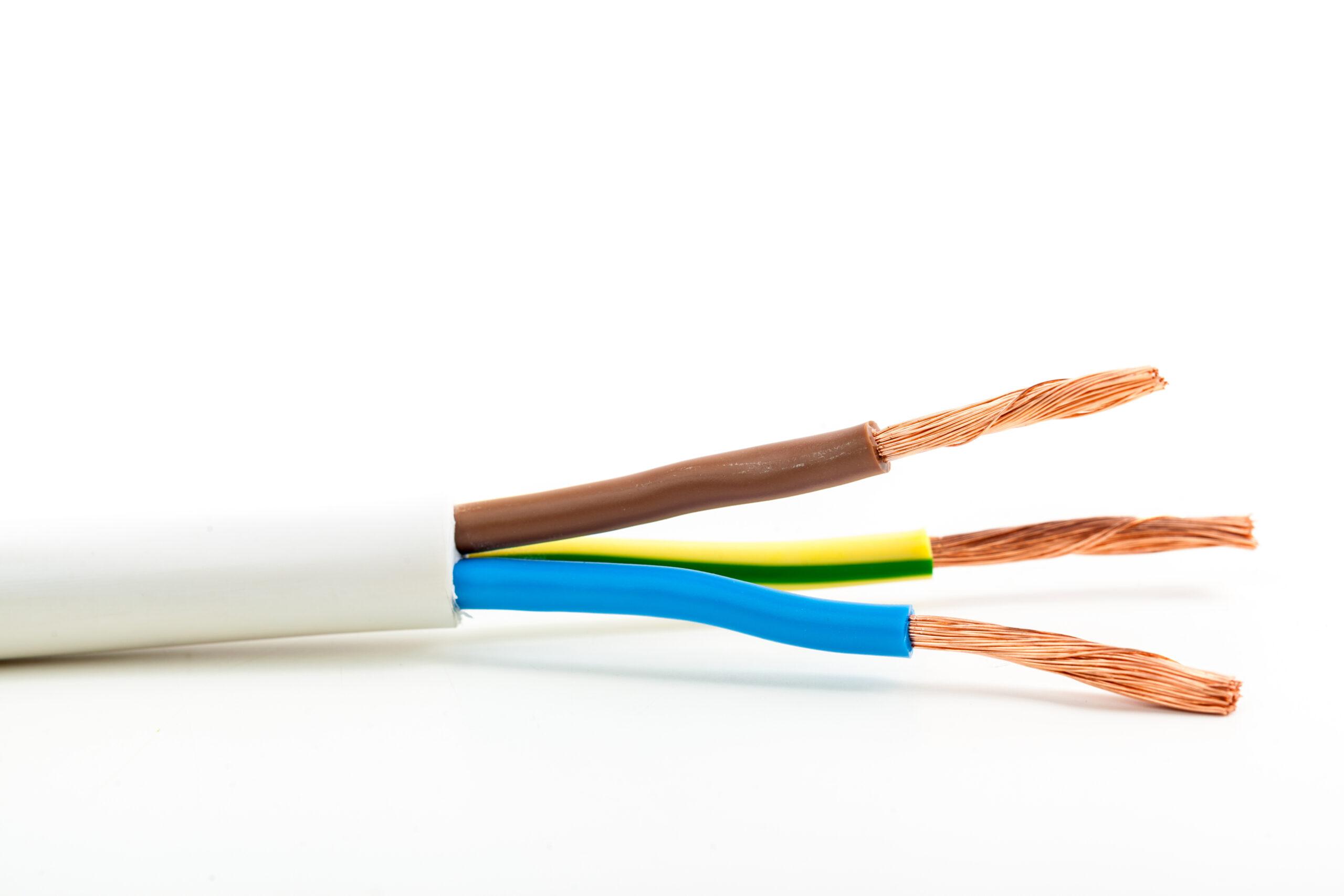In the arena of electrical systems, understanding and mitigating potential issues is of prime importance. Electricity powers our daily lives, but it also comes with inherent risks. Earth Faults and Ground Faults are two such risks that can have serious consequences if not understood and managed correctly.
According to a report by the Australian Bureau of Statistics (ABS), there were approximately 3,800 reported electrical fires in Australia in the fiscal year 2019-2020. These fires resulted in 21 fatalities, 440 injuries, and an estimated $145 million in property damage. Not all of these fires were directly attributed to Earth’s faults. Still, a substantial portion did involve electrical system malfunctions, which makes it crucial to address Earth fault protection in the country’s electrical infrastructure.
This comprehensive guide will delve into the depths of Earth’s faults, exploring their causes, effects, and protection measures. So, let’s start with understanding the basics of Earthing and Grounding before we jump into the other concepts.
A General Overview of Earthing and Grounding
Earthing, often referred to as “grounding” in some regions, involves connecting electrical systems or equipment to the earth through conductive materials. This connection serves as a path for electrical current to safely dissipate into the ground, preventing electrical shocks and minimising damage in the event of a fault.
Grounding, also known as “earth grounding,” is a practice specifically focused on connecting electrical equipment or systems to the physical ground or earth. It ensures that the equipment remains at a stable voltage relative to the earth, reducing the risk of electrical faults and ensuring safety.
The Role of Earthing in Preventing Earth Faults
Earthing provides a low-resistance path for fault currents to flow into the ground, preventing electric shock and reducing the risk of equipment damage during Earth Faults. Proper earthing systems are essential to ensure fault currents have a safe path to follow. These systems involve grounding electrodes, conductors, and connections to minimise resistance and ensure effective dissipation of fault currents.
Grounding and Its Connection to Ground Faults
Grounding ensures equipment remains at a stable voltage relative to the earth, reducing the risk of electrical faults, including Ground Faults. It plays a critical role in electrical safety. Grounding techniques involve bonding equipment to ground conductors and using grounding electrodes. Devices like Ground Fault Circuit Interrupters (GFCIs) further enhance protection against Ground Faults.
Understanding Earth Faults and Ground Faults

An Earth Fault, also known as a ground fault, occurs when unintended fault current flows from an energised conductor to the ground, which potentially leads to hazardous conditions. In electrical installations with high earth impedance, the risk of Earth Faults increases. These faults can take place in different scenarios (such as when insulation degrades, equipment malfunctions, or there’s a breakdown in the metal enclosures of electrical equipment.)
Ground Faults, on the other hand, refer to situations where current takes an unintended path to the ground due to a fault in the electrical system. Unlike Earth Faults, which involve currents flowing to the ground, Ground Faults involve currents taking a route they shouldn’t within the electrical system itself. While wiring issues, equipment faults, or environmental factors like moisture often cause Ground Faults, the consequences are similar to Earth faults.
Also Read: Difference Between Live, Earth, and Neutral Wires
Why Are Earth Faults Dangerous?
Without proper fault protection devices such as Earth Fault Relays and Earth Leakage Circuit Breakers, the consequences can be intense, including electrical shock, damage to electrical equipment, or even fires. Therefore, comprehending how Earth Faults and Ground Faults manifest within an electrical system is crucial for implementing effective safety measures and schemes.
Earth Fault Protection Devices: Earth Fault Relays and Earth Leakage Circuit Breaker (ELCB)
Earth Fault Protection Devices, including Earth Fault Relays and Earth Leakage Circuit Breakers, are indispensable components in ensuring electrical safety and system reliability. They play a vital role in detecting and mitigating Earth Faults, preventing dangerous situations like electric shocks, fires, and equipment damage.
By understanding the operation, types, and differences of these devices, you can make informed decisions to safeguard your electrical systems effectively.
Types of Earth Fault Relays
There are various types of Earth Fault Relays, each suited for specific applications and industries. These include:
- Instantaneous Earth Fault Relays: These provide immediate protection, tripping the circuit as soon as a fault is detected.
- Inverse Time Earth Fault Relays: These offer a delayed response to accommodate inrush currents or transient conditions, preventing false tripping.
- Restricted Earth Fault Relays: Used in transformers, these devices detect faults within the transformer windings.
Different Types of ELCBs
ELCBs come in two main types:
- Voltage-Operated ELCBs (VOELCBs): These react to voltage imbalances caused by current leakage, providing protection against electric shock.
- Current-Operated ELCBs (COELCBs): These respond to the difference between the current entering and leaving the circuit, making them suitable for both electric shock protection and detecting Earth Faults.
Key differences between Fault Relays and Leakage Circuit Breakers
Some major differences between them are as follows:
- Detection Methods: Earth Fault Relays primarily rely on monitoring current imbalances to detect faults, while Earth Leakage Circuit Breakers compare input and output currents to identify discrepancies.
- Response Time: Earth Fault Relays generally offer faster response times, making them suitable for applications where rapid fault detection is critical. Earth Leakage Circuit Breakers may have a slightly delayed response but provide robust protection.
- Typical Usage Scenarios: Earth Fault Relays are commonly employed in industrial setups and large-scale electrical systems, whereas Earth Leakage Circuit Breakers are prevalent in residential and commercial installations.
Earth Fault Protection Schemes
Earth Fault Protection Schemes are the unsung heroes of electrical safety. The primary aim is to prevent electrical fires, protect lives, safeguard electrical equipment and ensure the reliability of electrical systems. Implementing the right protection scheme is not just a choice; it’s a necessity.
Types of Fault Schemes:
- Residual Current Protection: Residual Current Devices (RCDs) are widely used to protect against Earth Faults. They continuously monitor current flow and disconnect the circuit when an imbalance occurs.
- Restricted Earth Fault Protection: This scheme is employed in high-voltage systems, focusing on limiting fault current and protecting transformers and generators.
- High-Impedance Earth Fault Protection: High-impedance schemes are designed for sensitive applications where minimising fault current is essential.
Designing Effective Schemes for Protection:
- Identifying Critical Circuits: Understanding which circuits require protection is the first step in designing a scheme that meets specific needs.
- Selecting Appropriate Protection Devices: Choosing the right protection devices, such as relays, circuit breakers, or RCDs, is essential for a reliable scheme.
- Regular Testing and Maintenance: To ensure the scheme’s effectiveness, routine testing and maintenance are critical to identifying and rectifying issues promptly.
Components of the Scheme for Protection:
- Earth Fault Relays: Earth Fault Relays are crucial components that detect fault currents and initiate protective actions. They play a pivotal role in Earth Fault Protection.
- Earth Leakage Circuit Breakers (ELCBs): ELCBs are specialised circuit breakers that monitor current imbalances and disconnect power when an Earth Fault is detected.
- Ground Fault Circuit Interrupters (GFCIs): GFCIs are commonly used in residential settings to provide fast-acting Earth Fault protection, particularly in areas with water sources.
Causes of Earth Faults: Identifying Fault Current Sources
Earth faults often originate from sources such as fault current surges, leakage currents finding unintended paths, or issues within the fault circuit itself. In electrical installations, Generally, Earth Faults occur due to various fault conditions, and pinpointing the exact source of an Earth Fault current is essential for promptly addressing and mitigating these risks.
Analysing the Root Causes and Fault Currents Leading to Earth Faults
The points below analyse the root causes and fault currents leading to Earth Faults:
- Ground Fault Current: Ground faults occur when electrical current flows to the ground or a conductive surface due to an unintended path.
- Earth Fault Circuit: Faults can emerge within the electrical circuit itself, potentially leading to Earth Faults.
- Restricted Fault Current: In some instances, fault current is restricted or limited, which can still result in an Earth Fault.
- Presence of a Fault: Earth Faults can occur when a fault is present in the electrical system, even if it’s not immediately apparent.
Advanced Technology: Earth Fault Monitoring and Restricted Earth Fault Protection
Advanced technology has significantly enhanced Earth Fault Monitoring and Restricted Earth Fault Protection. This makes them crucial components in modern electrical installations. Fault Monitoring has become more sophisticated, enabling real-time detection and rapid response to earth leakage faults. These faults, where electrical current unintentionally flows into the earth, pose a significant risk to both people and equipment. Additionally, devices used in electrical installations now employ advanced algorithms and sensing mechanisms to provide robust protection against electrical shock and fires.
Restricted Earth Fault Protection has evolved to efficiently limit fault currents, as it prevents extensive damage and ensures safety. As technology continues to advance, Earth Fault Monitoring and Restricted Earth Fault Protection remain at the forefront of safety measures used in electrical systems, ensuring that potential hazards are swiftly detected and mitigated to safeguard lives and property.
Leveraging Technology for Enhanced Earth Fault Monitoring and Restricted Protection Schemes
In today’s digital age, technology has revolutionised the way we approach the critical aspects of electrical safety. Read more to explore how technology has transformed Monitoring and Restricted Protection, making them more efficient and effective than ever before.
Remember Us for a Brighter Tomorrow!
Earth faults in Australian electrical systems pose a significant risk to both safety and economic well-being, as they can lead to electrical fires, equipment damage, and costly downtime. The unique environmental conditions in Australia, with its geological characteristics and diverse climate, present specific challenges when it comes to electrical infrastructure.
So, whether you are looking for enhanced efficiency, reduced energy consumption, or enhanced motor performance, the Products and Services at Star Delta are the backbone of countless industries, driving progress and sustainability.
Connect with Us today, and let’s embark on this electrifying journey together!




